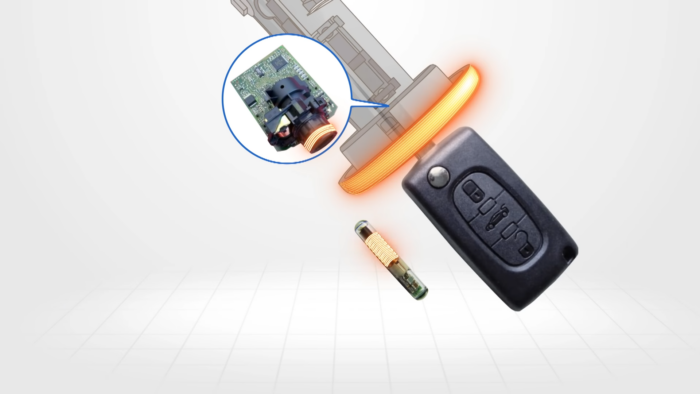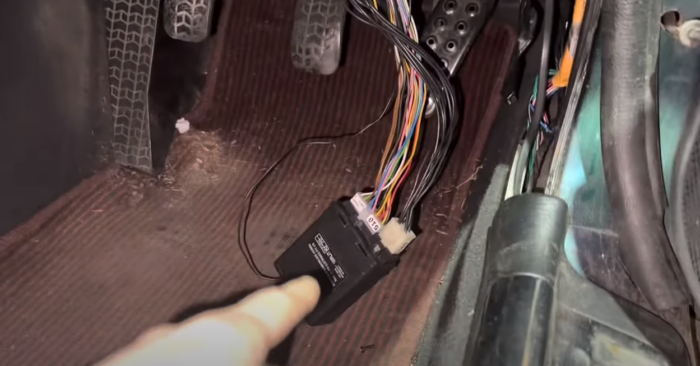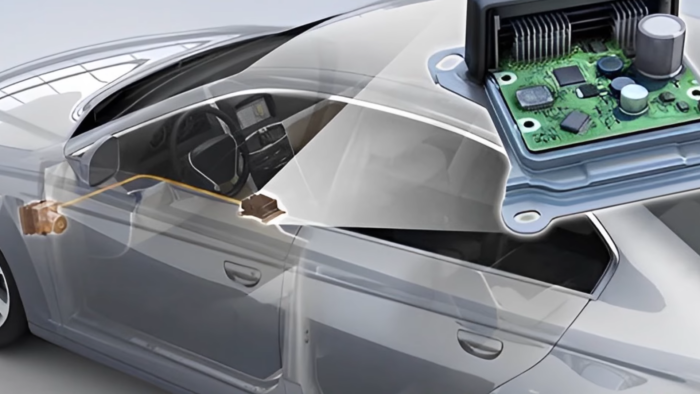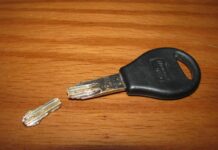
When it comes to keeping your Land Rover safe from theft, a Land Rover immobilizer is your unsung hero. Nestled within the complex electronics of your vehicle, this anti-theft system is designed to ensure that your Land Rover doesn’t start without the right key. Picture it as a digital handshake between your key and the car’s engine management system; if the key isn’t recognized, the engine simply won’t start, no matter how much a would-be thief tries.
Of course, technology isn’t foolproof, and you might sometimes face issues where your Land Rover won’t start, even with the correct key. This could be your car’s way of telling you that something’s gone awry with the immobilizer. It might be a sign to look a bit deeper into the health of your vehicle’s anti-theft system, specifically the Land Rover immobilizer. After all, your Land Rover is more than just a ride—it’s an investment you want to keep secure.
Understanding Land Rover Immobilization Systems
Before you dive in, get ready to explore the ins and outs of the Land Rover’s anti-theft feature—the immobilizer. It’s a tech-packed buddy for your vehicle’s security, ensuring the engine only purrs for you.
Key Components and Functionality
Your Land Rover is smart, thanks to its immobilizer—a security wizard that talks to a chip embedded in your key. Here’s what happens when you turn your key or push that start button:
- Chip: Sitting snug in your key, it carries a unique code.
- Antenna: Wraps around the ignition switch, it’s always listening for the chip’s code.
- Immobilisation ECU: The brain behind the brawn, checking if the code is a VIP pass.
- Wiring and Relays: They’re the messengers, carrying signals and electric current to cozy up the Immobilisation ECU with the engine.
When you attempt to start your Land Rover, the immobilizer checks the code sent by the chip through the ignition switch. If everything matches, the ignition signal gets an all-clear to fire up the engine. If not, warning lights might pop-up on your dashboard, and your ride stays put.
Common Immobilizer Issues and Diagnostics
So you twist the key and…nothing. It’s time to play detective with common immobilizer hiccups:
- Immobilizer Problem: It could range from a simple key signal hiccup to a moody Immobilisation ECU.
- Dashboard: Those little warning lights are your first clue—do they flicker, stay on, or not come on at all?
- Diagnosis Equipment: It’s like a doctor’s stethoscope for your Land Rover’s electrical heart. Plug it in, and let it talk to your immobilizer.
If your key’s not the star of the show anymore, it might be an issue with the transponder or antenna not having their usual chat. Or perhaps the immobilizer’s just being overprotective, confusing your right key for a wrong’un. Should this happen:
- Take a deep breath.
- Use diagnosis tools to peek into the Immobilisation ECU’s mind—they’ll sniff out the Error.
- Check for a Faulty Electrical Wiring—it’s rare, but wires might get cranky.
Remember, if things get too wild, a Range Rover mechanic is your go-to fixer-upper, armed with the know-how and gear to sort out those immobilizer issues.
Troubleshooting and Solutions
When you’re facing immobilizer troubles with your Land Rover, it’s crucial to focus on both the electronic and mechanical realms of your vehicle. A few key areas typically include issues with key fobs, the immobilizer module, and various electronic components like the car’s computer or ignition system.
Repair and Maintenance Tips
First, check the owner’s manual for your specific model or the manufacturer’s website as they often provide initial steps for troubleshooting. You might find, for instance, a recommendation to examine Fuse 18 if it’s pertaining to your issue. It’s important to look for simple issues such as corrosion on the battery terminals or low battery voltage which can lead to immobilizer problems.
- Dead Battery: Ensure your battery isn’t the culprit by either swapping it with a known good one or using a multimeter to check its state of charge.
- Damaged Wires: Examine the wiring, especially around the ignition coil, fuel pump, injectors, and the starter solenoid for visible damage.
- Immobiliser Module: Look for signs of corrosion or damage on the circuit board of the immobilizer module. If it seems damaged, a specialist might be needed.
- Alarm System: Sometimes, resetting the alarm system can resolve starting issues; this can often be done by locking and unlocking the driver’s door, which can reboot the system.
When you’re unsure or the issue persists, don’t hesitate to contact a dealership or a trusted repair shop, as they’ll have the proper diagnostic equipment and expertise.
Key Fob and Immobilizer Programming
Your Land Rover’s key fob and immobilizer system might occasionally become out of sync, requiring reprogramming or synchronization.
- Key Fob Battery: If your remote control isn’t working well, the fix might be as simple as replacing a low battery.
- Synchronization: Follow the steps detailed in the owner’s manual to re-synchronize the key fob to the car’s system.
- Programming a New Key: If a new key is required, ensure that it gets programmed properly, typically a job for a specialist or dealership due to the need for specialized equipment.
- Decoded Fob: If your key fob has been decoded accidentally, you’ll need it to be re-coded to start your vehicle.
Remember that while some issues can be handled on your own, intricate problems with the immobilizer system often require professional attention.
Conclusion
Your Land Rover’s immobilizer plays a crucial role in theft prevention, verifying your key each time the engine starts. Common issues with immobilizers include faulty battery connections, damaged antennas, or problems in the immobilizer module itself. If your Land Rover is experiencing starting problems due to the immobilizer, a light on the dashboard typically alerts you.
If you’re facing such trouble:
- Check your battery health and cable connections.
- Inspect the immobilizer antenna for damage or disconnection issues.
- Consider the condition of the immobilizer module; it might need a look over from a professional.
In cases where you own a Land/Range Rover, it’s worth thinking about additional security like the Ghost 2 Immobiliser. This system offers another layer of protection, guarding against sophisticated theft methods like key cloning and hacking.
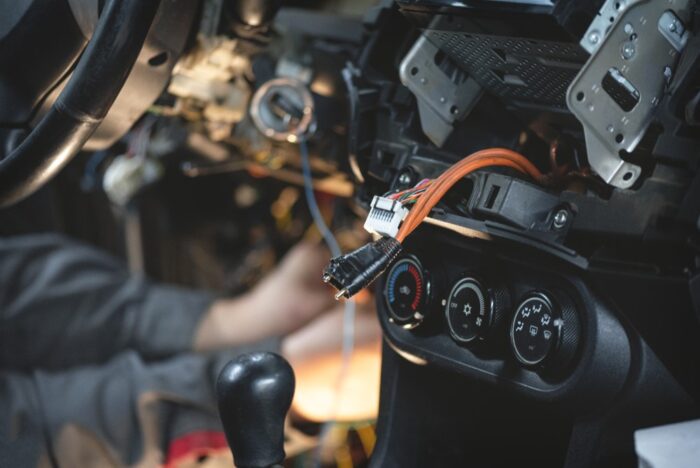
Remember, if your immobilizer is acting up, it’s a signal to take action. Without it, your vehicle’s vulnerable to theft, and troubleshooting early can save you a headache. Stay proactive, ensure your key and immobilizer communicate correctly, and safeguard your ride against unwanted intruders.

